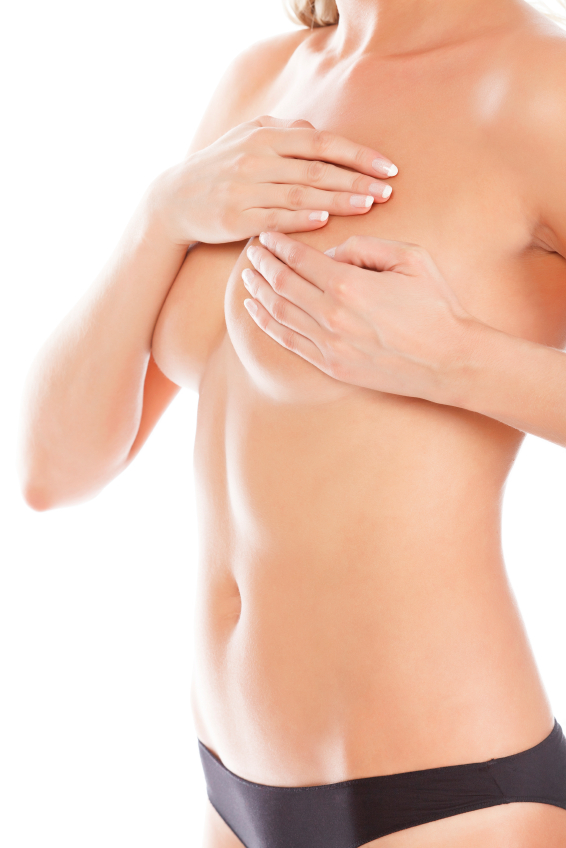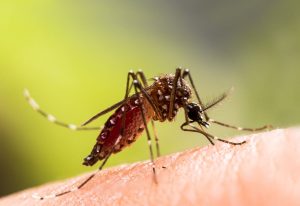
keep in touch.
Actively participating in your breast health can be easier than you think. Don’t throw out your reminders for those monthly breast self-exams yet, but leading health care providers say that simply being familiar with your own physique is one of the most effective ways to spot potentially dangerous changes at home. A keen awareness of your silhouette includes being able to easily note the average size and shape of your bust and nipples, as well as the texture and tone of their skin. “You know your body better than anyone else”, BrightPink.org reminds us, and doctors agree.
Planned Parenthood echoes that same sentiment and says that “Health care providers used to recommend that women do breast self-exams every month. But research about breast self-exams has found that they may not be that helpful. The key is to be aware of how your breasts normally look and feel. Simply looking at, touching, and feeling your breasts from time to time is enough to help you notice any changes. If you notice any changes in your breast, you should have it checked out by a health care provider as soon as possible.”
“Eighty percent of breast lumps are not cancerous and there are a variety of reasons your body can develop changes,” according to BrightPink.Org
Bright Pink has compiled a basic guide of breast cancer red (pink?) flags, signs that when persistent should be evaluated by a medical professional:
- A lump, which can feel like a frozen pea
- Swelling, soreness or rash
- Warmth, redness or darkening
- Change in size or shape of either breast
- Dimpling or prickling of the skin
- Itchy, scaly sore, or rash around the nipple
- Nipple that becomes flat or inverted
- Nipple discharge
- New pain in one spot that does not go away
- Persistent itching
- Bumps that resemble bug bites
They recommend noting the cause for concern in a dated journal entry or on a calendar, with details such as what the change is and where it is on the breast. Don’t forget to note which side, of course. Reevaluate the same spot in two to three weeks and if the situation remains or has gotten worse, make a doctor’s appointment. Alongside their guide, Bright Pink also offers an important gentle reminder not to panic in the event that something seems out of the ordinary, though.
It’s important to stay vigilant, but leave the diagnosis to the pros and don’t jump to conclusions until a qualified professional has examined your breasts. If you find something alarming, “Keep in mind that it does not mean you have cancer. In fact, 80% of breast lumps are not cancerous and there are a variety of reasons your body can develop changes. For example, breast tissue responds to our bodies’ normal hormones. That’s why some of us feel tenderness or lumpiness in our breasts around our periods. If a lump or change goes away after your period is over, chances are its nothing to worry about.”
Are you familiar enough with your body to know when a change has occurred, whether significant or subtle? — Casandra Armour

-300x200.jpeg)









-300x241.jpeg)




